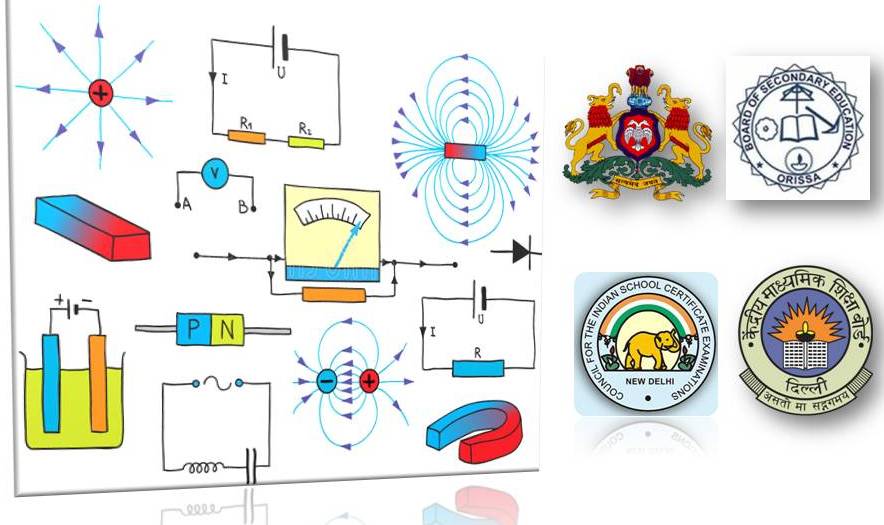Category: Courses I developed
-

Physics midterm preparatory exam, (+2) 2nd year, C.B.S.E. and state boards.
PART-A Answer all the following questions, 1 mark each, 1 X 10 Question 1 Which of the following is a vector? A. An electric dipole’s electric potential B. An electric dipole’s charge C. Electric current D. Electric current density Question 2 Which medium will have a stronger electrostatic force between…
-

Physics midterm preparatory exam, ISC-II, C.I.S.C.E.
PREPARATORY CLASS EXAMINATION FOR MIDTERM – 2013 (16 Aug 2013) PHYSICS PAPER I (THEORY) (Three hours) Candidates are allowed additional 15 minutes for only reading the paper. They must not start writing during this time Answer all questions in Part I and eight questions in Part II, choosing two questions from each of the three…
-

Physics class tests for junior college, –III
Physics class tests for PUC, ISc, XII in the CBSE, ICSE (CISCE), State boards. Subject: Physics Test: Class test — III Class: PUC — II (also good for ISC — II) date: 5th August 2013. Time: 55…